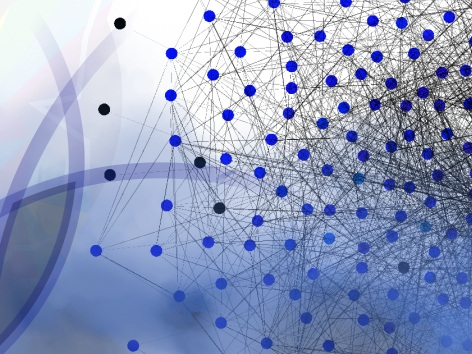P: Predictor Function, Planning and Controlling
Head
Prof. Dr.-Ing.
Kirsten Tracht
Universität Bremen
Fachbereich Produktionstechnik
Fachgebiet Prozessgerechte Technologiegestaltung
Badgasteiner Straße 1, 28359 Bremen
The condition for a successful discovery of new structural materials is a systematical analysis of collected data, its structuring and the embedding of all results in a search algorithm. Especially a formalization and evaluation of descriptors and the resulting determination of the predictor function are of primary importance. The predictor function is determined by multi-criteria-decision-making and a system of hypothesis based on formal methods. The techniques of multi-criteria-decision-making assist finding relational operators for descriptors, which are essential for the valuation function of the search algorithm. The system of hypothesis enables a validation of if- and- then relations in the collected data. Here a domain-specific language is developed that allows experts to give complex requests to the data. A proven hypothesis strengthens the predictor function as generalization. If the hypothesis is proven false, a counterexample is provided which is additional informative. Also an analytic approach describes and inverts the data and functions.
The evaluation function results from the predictor function and is implemented in a to be developed method to plan and regulate high-throughput in the overall system. Challenging is to comply defined, out of the process logistic derived time-slots in terms of a fixed cycle time or to initiate event-driven ad-hoc-planning processes from the individual descriptor values, which change the order of processes and by that the occupancy situation in the overall system. To be named are special cases such as ring closures by multiple sycles of identical samples in individual situations or ad-hoc-development of partial lots based on knowledge of analyses and test routines.
The networking of synthesis and treatment processes (project area U) with investigations on the determination of descriptors (project area D) requires, relating to the physical interlinking of the respective stations, a consistent concept to handle the synthesized samples. This is supposed to enable managing, working on, and analyzing spherically and layered samples in the same station. Especially for spherically samples with a maximum diameter of 1000 µm (U01) the challenge is reproducible, accurate positioned, and process adequately handling. Those are to be standardized for both kinds of samples to enable a consistent system of management, positioning, and transport and a physical controlling of the high-throughput approach.

![[Translate to English:] Zur Startseite des SFB Farbige Zustände](/fileadmin/user_upload/sites/sfb1232/Logos_und_Bilder/SFB1232-quer.png)



